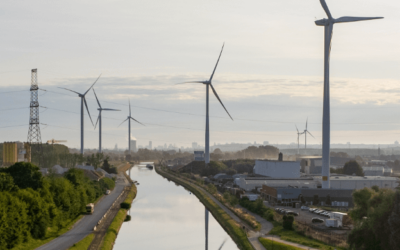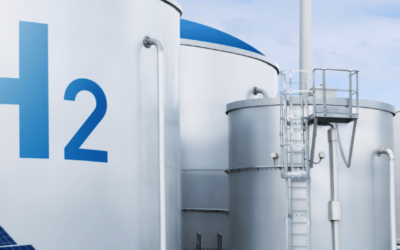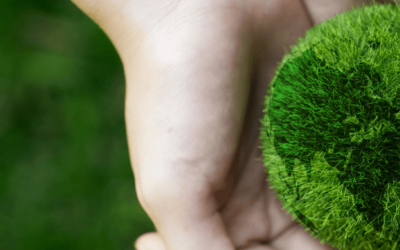New assets have been added and old assets removed: the new Environment List 2022 has been published, and there are quite a few changes from last year’s list. The list serves as a guide for the MIA and Vamil fiscal grant schemes for environmentally conscious entrepreneurs in the Netherlands. And the schemes have only become more interesting thanks to recent budget increases.
Investing in sustainable, innovative corporate assets
The MIA (Environmental Investment Deduction) and the Vamil (Arbitrary Depreciation of Environmental Investments) offer a fiscal incentive for investments in sustainable, innovative corporate assets. The schemes focus on less-common corporate assets that contribute to protecting the Dutch environment. The MIA and Vamil schemes were created to support the introduction of these assets to the market. The MIA offers entrepreneurs an investment deduction of up to 45% of the amount of the investment, and the Vamil scheme allows entrepreneurs to deduct a whopping 75% of their investment expenses.
The condition for the tax benefit via the MIA or Vamil schemes is that the corporate asset must be included in the annual Environment List. The Ministry of Infrastructure and Water Management updates the list each year after consulting with the market.
Larger budget, more incentives
With a 30 million euro increase to the MIA budget, the total budget for MIA and Vamil in 2022 will be 169 million euros. This larger budget translates into several incentives for entrepreneurs to invest more in transition-oriented and CO2-reducing technologies. For example, the MIA deduction percentages have increased from 13.5%, 27% and 36% to 27%, 36% and 45%. Moreover, investments in corporate assets for reducing consumption of raw materials and energy, mobility, climate and air quality (all types of emissions), and use of space (including soil and ground water) are eligible for a maximum deduction of 50 million euros instead of 25 million.
Environment List 2022: what has changed?
The Ministry recently published its Environment List for 2022. A brief summary of the changes in this year’s Environment List compared with the 2021 list is provided below.
Circular entrepreneurship and CO2 reduction in the (chemical) industry
- Several corporate assets for circular entrepreneurship and conserving raw materials have been added, changed or removed in this year’s Environment List, including equipment for managing metalworking fluids, a processing installation for rubber granulate, and equipment or facilities for preventing plastics from polluting the environment.
- To improve air quality, several corporate assets for industrial use have been changed, such as a no-flame thermal oxidiser for exhaust gases.
- A variety of corporate assets have also been amended to reduce greenhouse gas emissions, such as equipment for electrifying processes in the chemical industry and a reformer for hydrogen production from a renewable source.
Sustainable mobility
- The tax benefit for electric cars has been eliminated, unless they are equipped with integrated solar panels.
- Electric delivery vans are still included in the list, however. The benefit will increase where it is possible.
- A new addition in 2022 is lorries powered by a mixture of hydrogen and diesel.
- Electric scooters and motorcycles are no longer included in the list, but pedelec bicycles are.
Sustainable agriculture
- The Environment List 2022 offers new opportunities for greenhouse technologies that make more efficient use of water and nutrients.
- Sustainable livestock barns are eligible for higher maximum amounts per animal stall, due to the higher costs for construction. Investments in air cleaners and solar panels for sustainable barns are no longer included in the list.
- A corporate asset has been added for harvesting protein from crops or vegetable flows to incentivize the transition from animal proteins to plant-based and alternative protein sources.
Circular construction
- There are now more opportunities for investment in circular buildings. Entrepreneurs can choose for a building constructed from at least 50% renewable (sustainable) raw materials.
- The requirements for a materials passport have been amended and described in more detail.
- Several corporate assets have been added for sustainable building materials, such as concrete tiles made from recycled material and ‘refurbished’ (re-used) ceiling panels.


